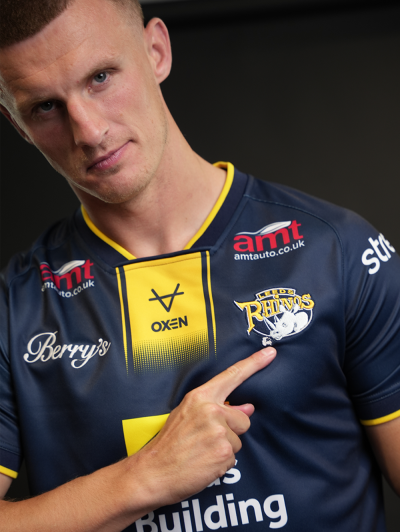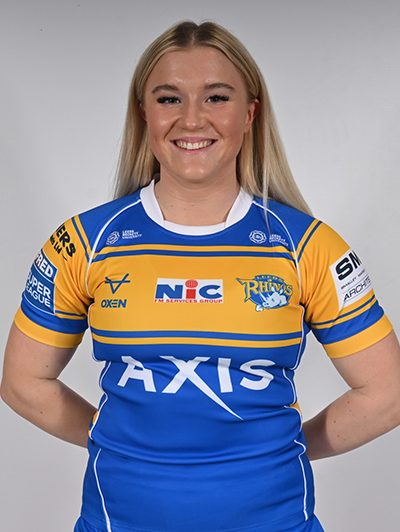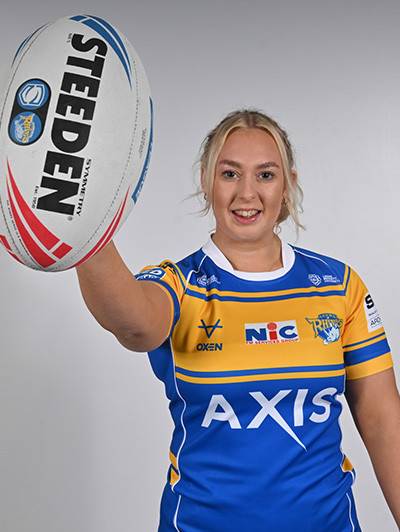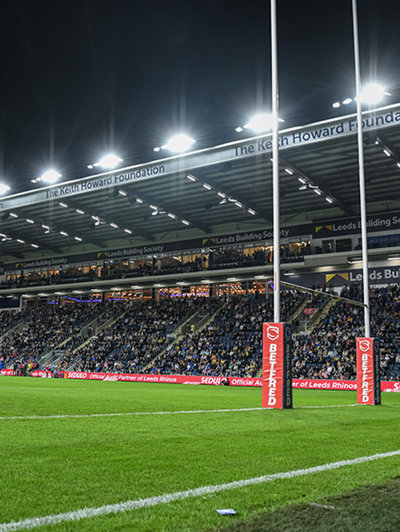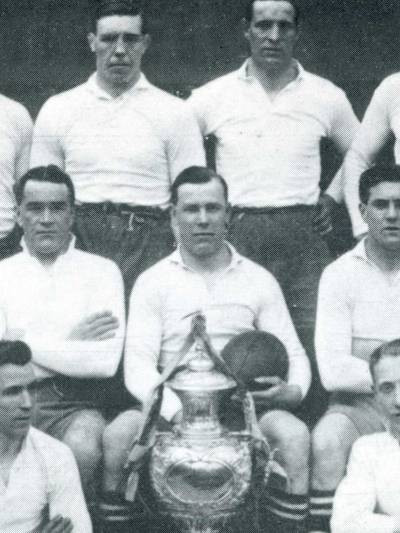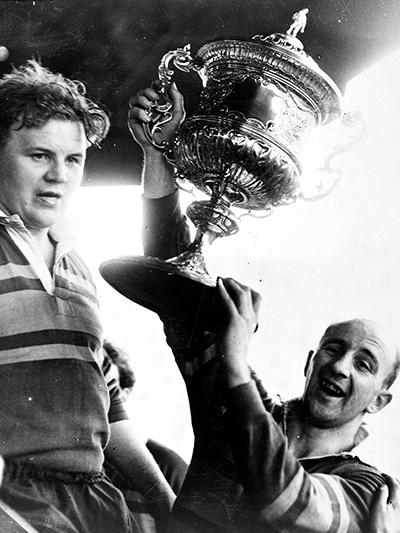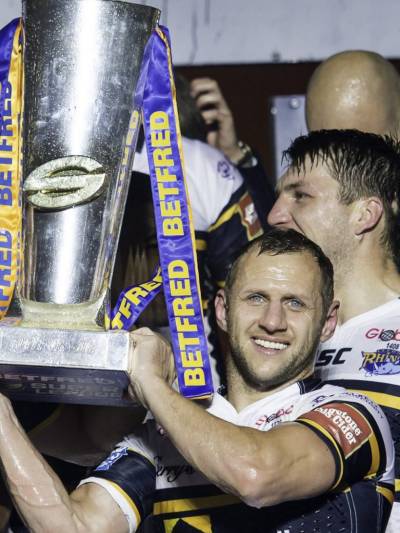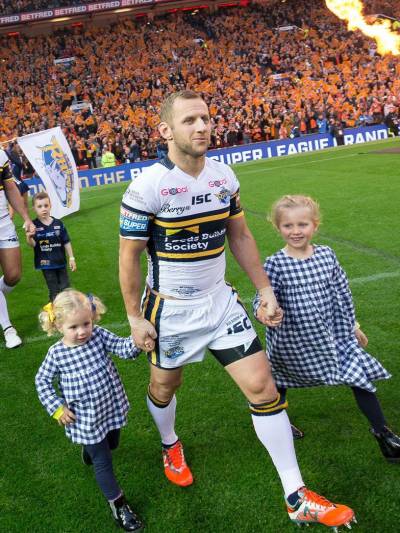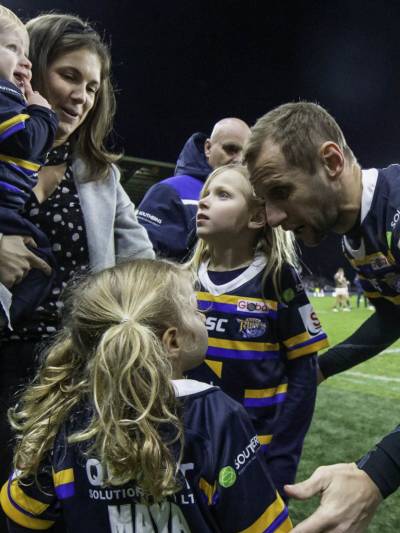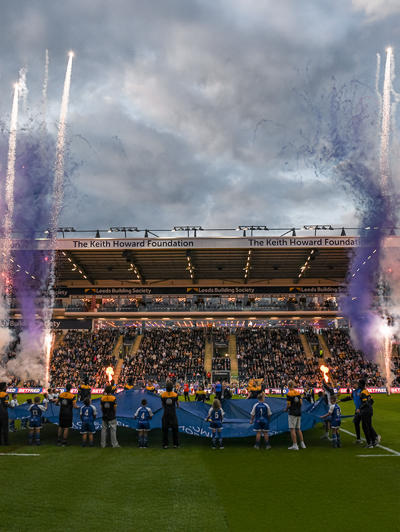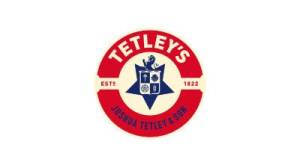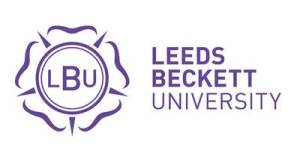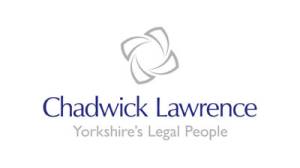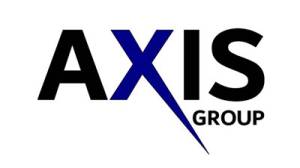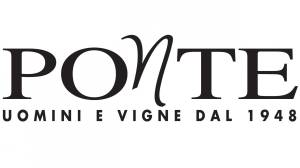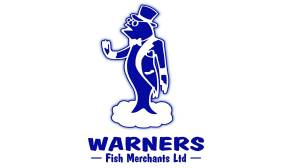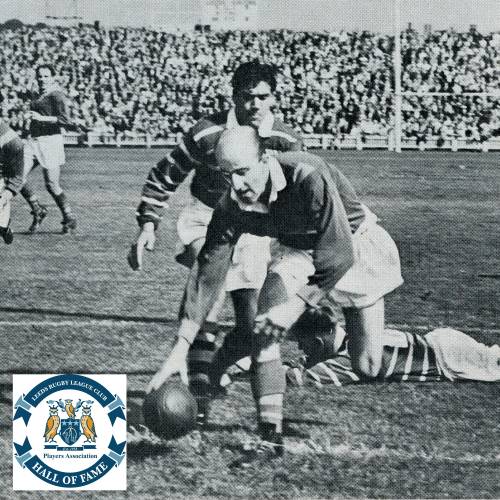
Legend:
Lewis Jones
- Position: Centre
- Heritage number: 895
- DOB: 1931-04-11
- Honours: Great Britain; Wales
Debut: Vs Keighley (H) 8th November 1952
Leeds Appearances: 385
Leeds Tries: 144
Leeds Goals: 1244
Leeds Points: 2920
Leeds Honours: Championship (Winner: 1961), Challenge Cup (Winner: 1957), Yorkshire League (Winner: 1954-55, 1956-57, 1960-61), Yorkshire Cup (Winner: 1958)
Inducted into Hall of Fame in 2017
Born in Gorseinon, near Swansea, on 11th April 1931, and educated at Gowerton County School, where he was a contemporary of scrum-half Onllwyn Brace, Lewis was a natural ball-player, making his mark at full-back in 1947-48 with the Welsh Secondary Schools XV, and earning selection for Glamorgan the following season by virtue of his prolific point-scoring feats at centre with both Gorseinon and Neath. One can well imagine his dismay, therefore, when National Service threatened to disrupt his career in 1949.
A posting to Devonport as a Stores Assistant on H.M.S. Fisgard was, if anything, a catalyst, his creative attacking play with the powerful Devonport Services XV giving him entrée to the Welsh Trials and then international debut against England at Twickenham on 21st January 1950. What a game he played on that occasion, thrilling the Welsh section in a record crowd of 75,532 with a sensational run from full-back to create a try for Cliff Davies, and going on to seal England’s fate with a couple of goals, before being carried shoulder-high from the field along with skipper John Gwilliam.
Keeping up with the Joneses was never easy! And so it proved in 1950 when he played in three more internationals, the latter two at centre, as Wales went unbeaten through the Championship, to achieve their first Grand Slam since 1911). Firstly, an Easter tour with the renowned Barbarians, a prodigious penalty kick that reputedly carried all of eighty yards in the Royal Navy’s encounter with the Army at Twickenham, and then, no sooner had he got over the disappointment of missing out on the British Lions tour of Australasia, he was flying out as a replacement full-back. Nor could they have sent for a better man, for he scored seventeen points against the formidable Auckland XV; broke clear to set up a Ken Jones try, and added the conversion, in the Test against New Zealand at Eden Park; and had a big hand in both Test victories in Australia, his sixteen points at Brisbane constituting a new record. And still only nineteen!
Young enough to be made the whipping-boy some five months later when Wales went down to a sensational 19-point defeat at Murrayfield, the selectors omitting him for the games versus Ireland and France. Naturally, this unexpected turn of events raised hopes in Rugby League circles that he might ‘turn’ on the rebound, not that there was ever really any prospect of that, Leeds having to settle for first refusal, if ever...
If ever...! Unlike the boy who asked how long eternity was and hadn’t time to wait for the answer, the Headingley management had no choice but to possess their souls in patience as Lewis enjoyed another fabulous season, regaling Llanelly’s Stradey Park spectators with his magic, and collecting a cap against the Springboks, before helping Wales to complete their second Grand Slam in three years, with games on the wing against England and Ireland, and at centre versus France.
And so to Tuesday, 4th November 1952. Ken Dalby recalls: "I can well recall the sense of frustration shared with George Hirst as we made our way up Woodhouse Lane on the Lawnswood tram, following an abortive working lunch with the Directors, the solution to the Club’s palpable need for a class middle back being apparently as far off as ever. Yet, incredibly, that same evening, as the players assembled for training, there was Bert Cook, coach to The Rugby Football League, with a telegram delivered in error to the League HQ in Chapeltown Road. What a trail we blazed as we set off by road the following evening, bonfire after bonfire receding into the distance as we sped through the night, halting briefly for a catnap at Hereford, and calling en route at Machen and Porth to renew associations with Malcolm Thomas and Cliff Morgan, in the hope that they, too, might ‘see the light’, before pulling up at journey’s end in Gorseinon’s Upper Lime Street. Almost three years since that Twickenham debut and now, out of the blue, this was it: a record £6,000 fee, the all-important signature, handshakes all round, and the deal was done within the hour!"
Arriving in Leeds in the early hours, and only too eager to adopt the Golden Boy as one of its very own, 17,000 supporters assembled at Headingley to voice their approval loud and clear as Keighley, the sacrificial lambs, were slaughtered by 56 points to 7, with Jeff Stevenson the life and soul of the baptismal feast, and Lewis linking up splendidly from full-back, in addition to opening his account with seven goals.
Barely had he settled, in only his eighth game he sustained a compound fracture of the arm, and consequently put Jones out of action for the remainder of the season. Although the next few months were anxious for player and management, particularly at the start of the 1953-54 campaign, he welcomed an opportunity to regain his confidence in the ‘A’ team, and celebrated his return to complete fitness in November with a couple of tries and twenty-seven goals from three consecutive matches as the Loiners rattled up 150 points against Hull KR, Wakefield Trinity and Castleford.
Points by the thousand! Records galore! Yet so much more besides, for Lewis was a King of Rugger with the Midas touch, turning half-chances into golden opportunities with sparks of his creative artistry, and gilding countless games with moments of sheer wizardry.
Some will recall with glee the 1954 Tour Trial at Headingley, when the vast majority present was wondering how he would fare in the centres, opposite the ruthless, hard-as-nails Duggie Greenhall. Lewis pulled out all the stops, including the inimitable double-kick acceleration and change of pace, to leave the St Helens man floundering. Four months later, he was back to the Gabba at Brisbane, the very scene of his triumph with the British R.U. Lions in 1950, to kick ten record-breaking goals in the 2nd Test.
Others, maybe, will sigh nostalgically as they turn the clock back to 1956-57, when he was at his peak, kicking 166 goals and running in 33 tries as the Loiners deservedly won both the R.L. Challenge Cup and the Yorkshire League. He was slightly below his best in the Final, failing to come to terms with Wembley’s capricious breezes, yet doing more than enough to merit his winner’s medal. And who better than he to send Del Hodgkinson sidestepping down the road to glory immediately after the interval?
1954? 1957? The 1958 Yorkshire Cup Final, perhaps? No, surely his finest hour, in blue and amber at least, came as stand-off at Odsal on 20th May 1961. A fortnight earlier, he had master-minded the defeat of St Helens in a gripping Championship Semi-Final at Headingley, stifling the volatile virtuosity of Alex Murphy in the first half, and tethering him into speechless distraction in the second. And so to the Final against Warrington, in yet another bid for that one elusive trophy. Right from the start, Lewis led his men superbly, by example...a loose ball scooped up at speed, to give young Vince Hattee an early gallop...a chase across field, to stop breakaway second-rower Laurie Gilfedder in his tracks...a programmed 50-yard touchfinder, to send his hungry pack roaring upfield like ravening wolves...a quick heel...a run-around with scrum-half Colin Evans, to release the three-quarters...
From then on the Loiners were on song as the 30-year-old maestro orchestrated an unforgettable team victory, with tears of inexpressible joy streaming down the faces of hundreds of ecstatic supporters when the balding No 6 jinked his way through in the closing seconds, to touch down between the posts. The conversion, his fifth goal, was a formality; the final whistle a fanfare; the score 25-10. At last, after sixty years! And there he was, the man of the hour, modest as ever, holding the Cup aloft to round after round of tumultuous cheering.
A two-year extension to his contract and a richly deserved Testimonial followed, and then on Easter Monday 1964, the end of an era when Lewis headed Down Under with his family to join Wentworthville, in the Sydney area, as player-coach.
Memories of a master-craftsman in the classic Welsh mould, whose hands and feet were his fortune. Orthodox passes, reverse passes, passes of every description, including his very own ‘hanging’ pass that appeared to defy gravity as it hovered invitingly for the man coming up on the burst: all were fashioned with precision on the lathe of natural dexterity.
Kicking, too, he developed into an art form, cultivating a relationship, a mutual respect, between himself and the ball. Not from him the get-thee-hence, explosive blast-off; more a caress and a coaxing to do his will, making it all look so deceptively simple. For place-kicks, whatever the range: normally just a couple of steps, at most three; head still, eye on the ball, perfect balance and timing; ‘easy does it’, and then the follow-through. It almost worked, too, for he kicked eight goals or more on no less than fifteen occasions for Leeds alone! As for punts, regardless of the conditions, he was without peer, attaining phenomenal distances with remarkable accuracy.
Memories of the greatest crowd-puller of them all! To be sure, he had his exasperating off-days, when he seemed to be in another world, and was taken to task by critics who chose to perpetuate the myth that he couldn’t tackle, rather than make allowances for an attacking genius preoccupied with the creation of tries, not their prevention. Certainly, he never indulged in scalp-hunting, but he could, and did, tackle with the best, especially when the heat was on, as at The Boulevard in the 2nd Round of the R.L. Cup in 1956, when he heroically checked a fearsome all-or-nothing charge by the mighty Markham, at cost of a cracked fibula.
Jones returned to Leeds in 1972 to take up an appointment as a Maths Specialist at Silver Royd High School and was a coach to Leeds ‘A’ for a season, prior to taking over 1st Team duties briefly at Crown Flatt during 1977-78.
He was inducted into the Rugby League Hall of Fame in 2013, joining Garry Schofield and Ellery Hanley as the only Leeds inductees, before being one of the first players inducted into the Leeds Rugby Hall of Fame in 2017.
It was with deep sadness that the club learned of Jones' passing in March 2024, aged 92.
